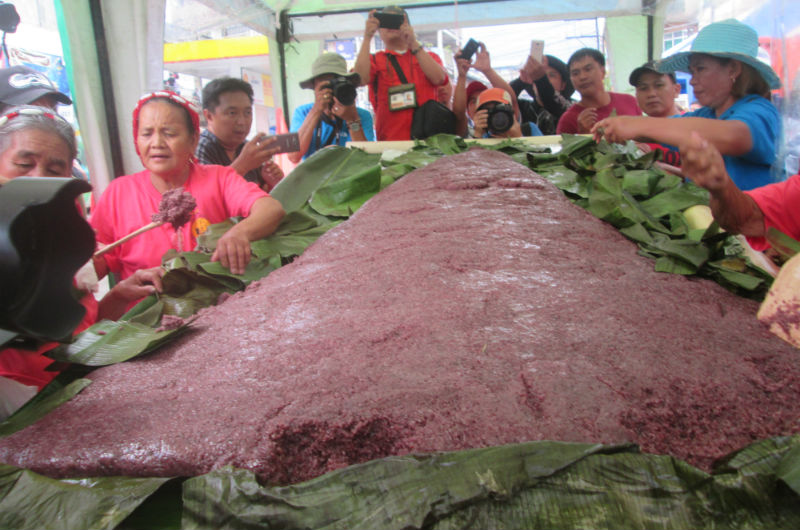At present, the state of the Cooperative Sector in the Philippines looks very promising. After experiencing slow growth for decades, we are looking at a sustained burst of energy for co-ops to reach new heights. Although it is no rosy picture when 80 percent are still categorized as micro and small co-ops out of the more than 10,000 active co-ops nationwide, the opportunities for faster economic growth specially at the grassroots level, is imminent.
As I see it, the active role of Large Co-ops is crucial in the attempt to spur faster economic growth. They have the experience and the resources and therefore qualified to make this happen. Helping the small and micro co-ops will be an actual demonstration of big brother helping small brother concept.
For several years, the government has been the main actor in organizing and assisting co-operatives. Some of the most popular government programs are the Farmer’s Cooperative Marketing Associations (FACOMA) during the Magsaysay Administration which was copied from the Japanese system of cooperativism and the Samahang Nayon’s (SNs) during Martial Law. These government initiatives however, were not able to meet goals and expectations in its quest for economic development in the country.
Meanwhile, privately initiated co-ops appeared to have considerable success. We have the church organized co-ops and co-op federations like the National Confederation of Cooperative (NATCCO), Mindanao Alliance of Self-help Societies – Southern Philippines Educational Cooperative Center (MASS-SPECC) and the Visayas Cooperative Development Center (VICTO).
Therefore, it is worth considering for large co-ops, the private sector, to take a more aggressive role, in partnership with the government in a supporting role. As previously stated, the government has poured millions of pesos to the co-op sector in terms of grants, loans and other forms of assistance such as equipment and machineries. Unfortunately, these government initiatives have become unsustainable.
The FACOMA experience has become a classic example of monumental failure of government intervention. This program was funded under the USAID with P100 million as a revolving fund. FACOMA’s were organized with US Technical assistance. It has considerable success in its initial implementation. However, massive anomalies began to surface at around the year 1957 causing the collapse of several FACOMA’s. Attempts by the government to infuse additional funds have limited impact (Steenwyk, M, 1987).
The Philippine National Cooperative Bank was organized in 1960 to financially assist the development of co-operatives. It collapsed in 1972 primarily due to the inability of FACOMA’s to sustain their operations. Out of the 652 organized FACOMA’s in the 1950s, less than 100 of them are existing at this particular year. (Steenwyk).
Steenwyk observed that the co-op movement in the Philippines has failed mainly because of government intervention and the absence of adequate incentives to encourage co-op expansion. He also noted that co-ops are to be partly blamed due to their over-reliance upon government and for their slowness to assume leadership and responsibility for their own development. As a consequence, these failures made co-ops an unattractive option to the public. This negative general perception on co-ops greatly affected the growth of co-ops.
Government initiated programs also reinforced the dole-out mentality in people. They become reliant on what the government will give rather than raising their own capital. On the other hand, the private sector emphasized self-help which eventually empowered co-ops to achieve and do more. The private sector likewise focused on the training needs of the co-operative officers and members making them more competitive to other models of business enterprises enabling them to grow and prosper.
I hope the Large Co-ops are open and willing to participate in this proposal. If that happens, the co-op will indeed be the fastest growing form of enterprise.














